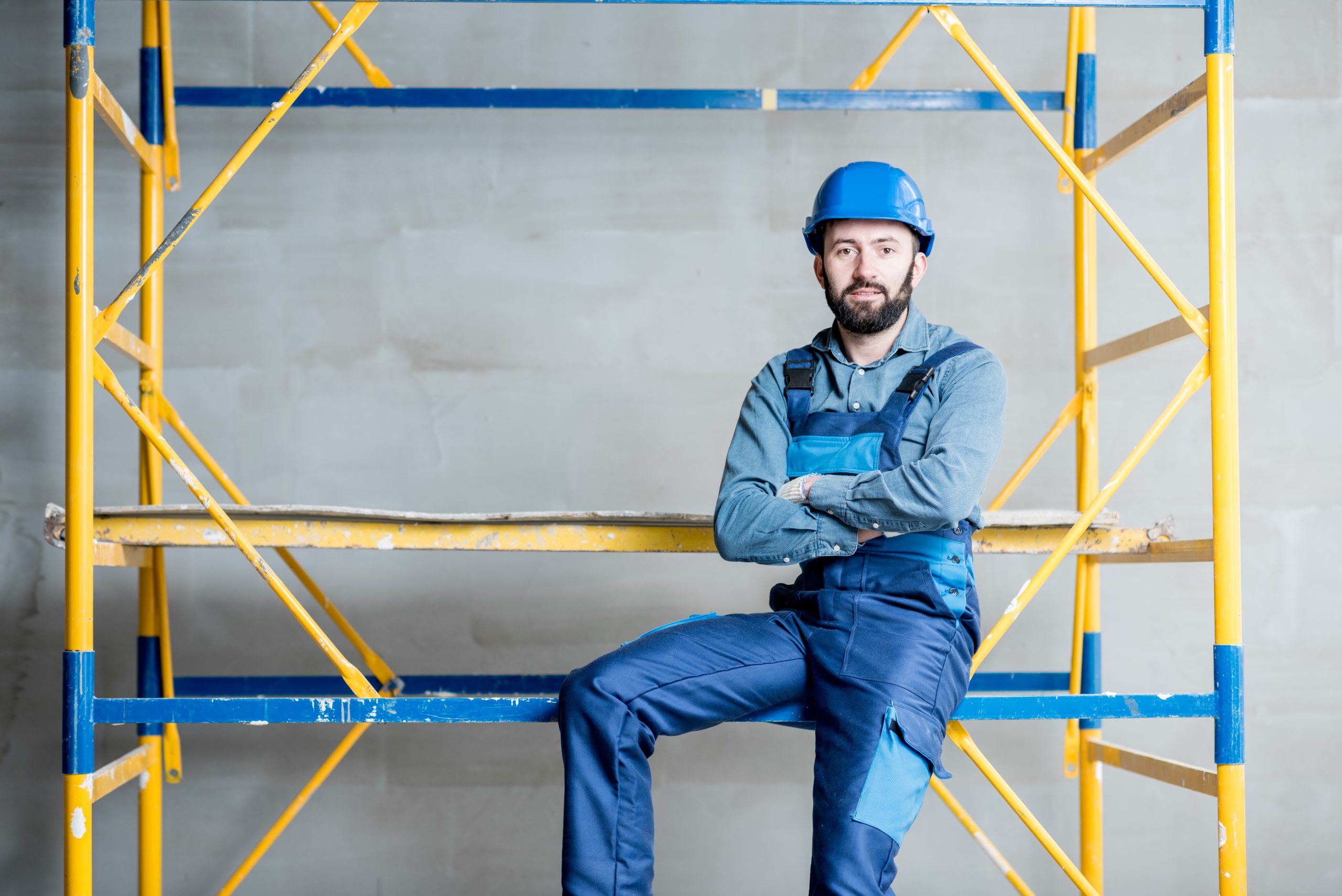You finally purchase the metal building you’ve desired for years. It was just delivered, and you’ve decided to make installing the insulation a DIY project. Like Murphy’s law, anything that can go wrong will go wrong, especially if you are unaware of the potential challenges. Therefore, I felt compelled to write an article on these possible installation challenges and practical solutions.
Let me begin by crediting you with the wisdom to insulate your metal building. Insulation will not only make your structure more energy efficient but also make your experience within the building vastly more comfortable.
The first thing to do is to install the best insulation for the situation. Therefore, when selecting an insulation type, you should consider factors such as climate, building usage, moisture controls, and fire safety. For example, if you choose fiberglass insulation in humid climates, you may want to consider a vapor retarder to protect the insulation from potential moisture damage. Without this protection, there can be complications from condensation. This will inevitably lead to mildew, rust, and corrosion. Not to mention, possible health issues can arise from these factors. A simple solution is to to circulate air throughout the structure using fans. This act will prevent moisture build-up.
Choosing the right type of insulation should be at the top of your list. There are four key metal building insulation types: fiberglass batts, rigid foam boards, spray foam, and reflective Insulation. Each has its pros and cons, which we note on our Metal Building Insulation page. Consider these factors when choosing the ideal insulation type for you.
Fire safety is a factor when selecting an insulation type. Some insulation materials pose more of a fire risk than others. As you probably know, cost, efficiency, and risk will play a role when deciding on this factor. Some default towards a fire-resistant insulation material such as mineral wool. But again, this insulation costs more than traditional fiberglass insulation. If you are not purchasing a fire resistant insulation like mineral wool, I would recommend you order a fire-resistant barrier when purchasing regular fiberglass insulation.
A possible future issue is thermal bridging. This term refers to locations within your metal building where heat or cold can easily enter or leave. It means there are areas where insulation wasn’t placed or placed incorrectly in the structure. This will dramatically reduce the insulation’s energy efficiency, which means increasing heating and cooling expenditures. If you don’t want this issue, consider a continuous insulation “envelope” around the entire building. Yes, every part of your building—walls, roof, and floors — can be insulated if you want the most energy efficiency possible.
Another possible challenge is the difficulties of installing the insulation itself. Since metal buildings can be pretty large, there may be significant, uninterrupted spaces within frames that need to be filled. Spray foam or rigid board will be challenged to fill these gaps precisely. Therefore, applying insulation that can easily be laid over columns and rafters or combining insulation types addresses this issue.
Having a tight budget can be a challenge when insulating a building. High-performance insulation can be expensive. You simply need to weigh the advantages against the cost when choosing an insulation type. Consider the long-term energy savings factors.
Reviewing a Fiberglass Insulation Resource Guide and a Reflective Insulation Resource Guide should shed light on the issues presented in this article.

